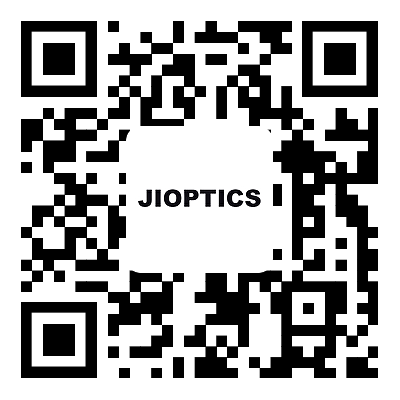What are the specific applications of laser ranging sensors?
2023-02-03
Laser ranging sensor: firstly, the laser diode aims at the target and emits laser pulse. The laser is scattered in all directions after being reflected by the target. Part of the scattered light returns to the sensor receiver and is received by the optical system and then imaged on the avalanche photodiode. The avalanche photodiode is an optical sensor with internal amplification function, so it can detect ****** weak optical signal. The target distance can be measured by recording and processing the time from the light pulse sending to the return to be received.
Application of laser ranging sensor:
1. Car anti-collision detector: generally speaking, most of the laser range sensors of the existing car collision prevention system use laser beams to identify the distance between the target cars in front or behind the situation in a non-contact way. When the distance between cars is less than the predetermined safety distance, the car anti-collision system will brake the car urgently, or send an alarm to the driver, or integrate the target car speed, distance The vehicle braking distance, response time and so on can make immediate judgment and response to vehicle driving, which can greatly reduce traffic accidents. Its advantages are more obvious when used on highways.
2. Traffic flow monitoring: the use mode is generally fixed to the gantry at the high speed or important intersection. The laser emission and reception are vertically downward and aimed at the middle of a lane. When there are vehicles passing, the laser range sensor can output the relative change value of the measured distance value in real time, and then describe the contour of the measured vehicle. This measurement method generally uses a ranging range of less than 30 meters, and requires a relatively high laser ranging rate, which is generally required to reach 100 Hz * *. This can achieve good results for monitoring in important road sections. It can distinguish different types of vehicles. The sampling rate for body height scanning can reach 10 cm (at 40 Km/h, the sampling rate is 11 cm). It can distinguish the height limit, length limit and vehicle classification in real time and output the results quickly.
3. UAV: The rise of new concept systems such as robot, Drone, unmanned carrier and automatic driving, together with the technical requirements of ranging and obstacle avoidance. Among them, ranging is the basis of obstacle avoidance, and there are many technologies to achieve ranging, including radio frequency (RF), ultrasonic, infrared and laser/laser. Each of these technologies has its advantages and disadvantages, and the cost is also different.
Application of laser ranging sensor:
1. Car anti-collision detector: generally speaking, most of the laser range sensors of the existing car collision prevention system use laser beams to identify the distance between the target cars in front or behind the situation in a non-contact way. When the distance between cars is less than the predetermined safety distance, the car anti-collision system will brake the car urgently, or send an alarm to the driver, or integrate the target car speed, distance The vehicle braking distance, response time and so on can make immediate judgment and response to vehicle driving, which can greatly reduce traffic accidents. Its advantages are more obvious when used on highways.
2. Traffic flow monitoring: the use mode is generally fixed to the gantry at the high speed or important intersection. The laser emission and reception are vertically downward and aimed at the middle of a lane. When there are vehicles passing, the laser range sensor can output the relative change value of the measured distance value in real time, and then describe the contour of the measured vehicle. This measurement method generally uses a ranging range of less than 30 meters, and requires a relatively high laser ranging rate, which is generally required to reach 100 Hz * *. This can achieve good results for monitoring in important road sections. It can distinguish different types of vehicles. The sampling rate for body height scanning can reach 10 cm (at 40 Km/h, the sampling rate is 11 cm). It can distinguish the height limit, length limit and vehicle classification in real time and output the results quickly.
3. UAV: The rise of new concept systems such as robot, Drone, unmanned carrier and automatic driving, together with the technical requirements of ranging and obstacle avoidance. Among them, ranging is the basis of obstacle avoidance, and there are many technologies to achieve ranging, including radio frequency (RF), ultrasonic, infrared and laser/laser. Each of these technologies has its advantages and disadvantages, and the cost is also different.



